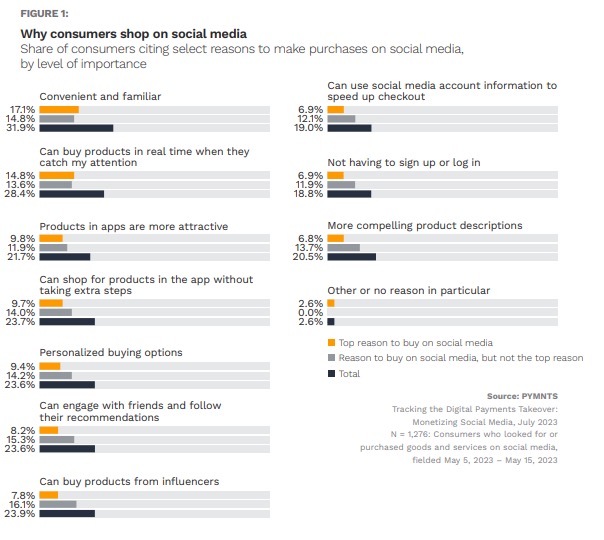
In 2018, writing about the ways in which mobile devices and technology changed the world, PYMNTS CEO Karen Webster noted: “In the three-plus decades since consumers were first introduced to a technology that gave them the power to control when and how they access content, innovators have been inspired to use connected devices, new technologies, software and data to power a world now driven by delivering convenience to the consumer.”
Since then, the connected economy has provided the means for contextual commerce to take shape — where the lines blur between activities, as consumers can opt to buy goods and services in the midst of doing something wholly unrelated to transacting.
It’s on-demand, impulse buying in a pure form, and for the platforms and providers that get it right, there’s the chance to link everything from subscriptions to merchandise in mutually reinforcing ways.
As one example of connected commerce, a Monday (Oct. 2) report reinforces the fact that Netflix has come a long way since its initial forays of sending DVDs through the mail.
As reported by The Wall Street Journal, Netflix is leveraging its content across several shows to sell action figures and clothing, among other items. Merchandise tied to content is nothing new, but the company is reportedly making those items available as those shows are being planned and developed, making the promos and the purchasing available from the show’s launch. In one instance, as part of its “One Piece” show, keychains are being sold at Walmart and T-shirts at PacSun.
And as PYMNTS reported in June, Netflix launched a new pop-up eatery, another nod to connecting to consumers beyond their screens.
Netflix’s not the only firm latching onto the cross-selling potential of digital/physical commerce and content mashups.
As PYMNTS spotlighted over the summer, a significant percentage of consumers are using social media platforms to buy everything from clothing to pet-related products. We found that 28% of consumers surveyed by PYMNTS Intelligence and AWS transact on social media because it allows them to buy as soon as the product catches their attention. As seen in the chart below, about a quarter of individuals say they shop on social media because they can do so without having to take extra steps as they transact.

For Netflix, growing its subscriber base gives it a dedicated audience that can be exposed to other commerce considerations tied to its shows. In the wake of its crackdown on password-sharing earlier this year, the company has been growing its subscription roster.
And, elsewhere, as we’ve found in the ongoing tracking of the Connected Economy, consumers make roughly a dozen online transactions on a monthly basis across a range of activities.